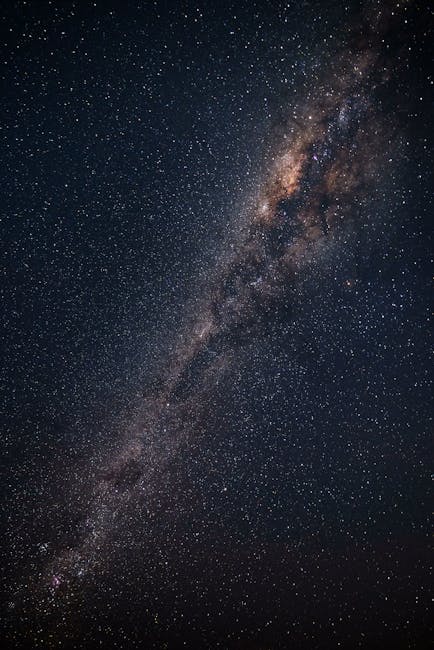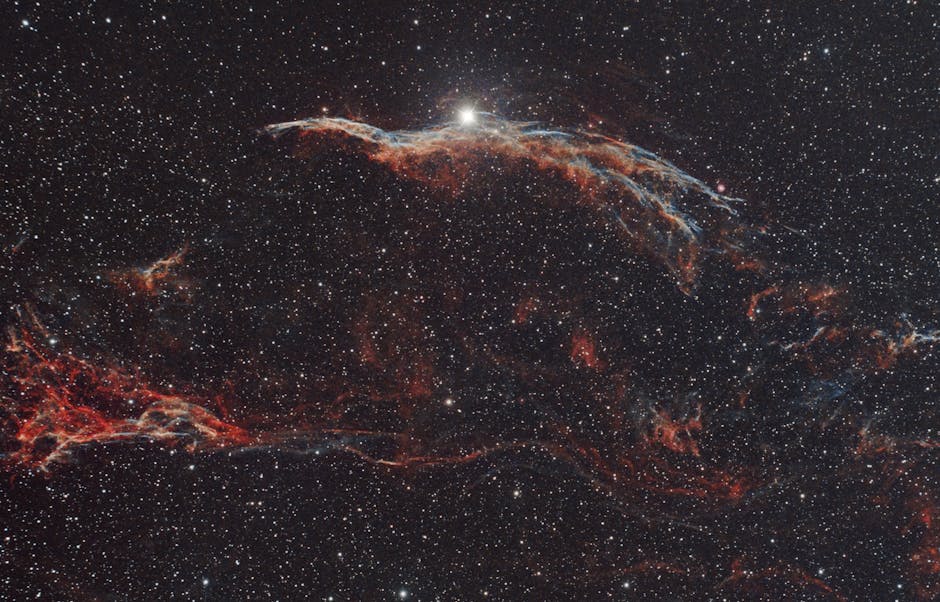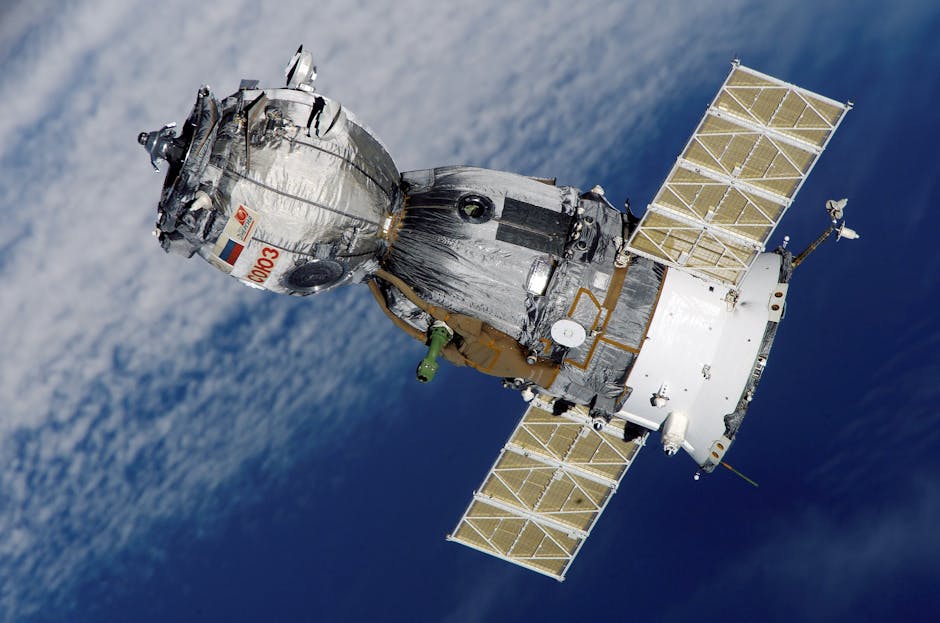The Enigmatic Singularity: Where Physics Breaks Down
The Two Singularities: Black Holes and the Big Bang At the heart of a black hole, according to the equations of General Relativity, lies a point of infinite density and zero volume where all the mass is concentrated. This is the gravitational singularity. Space and time, which are interwoven as a single fabric, cease to …









